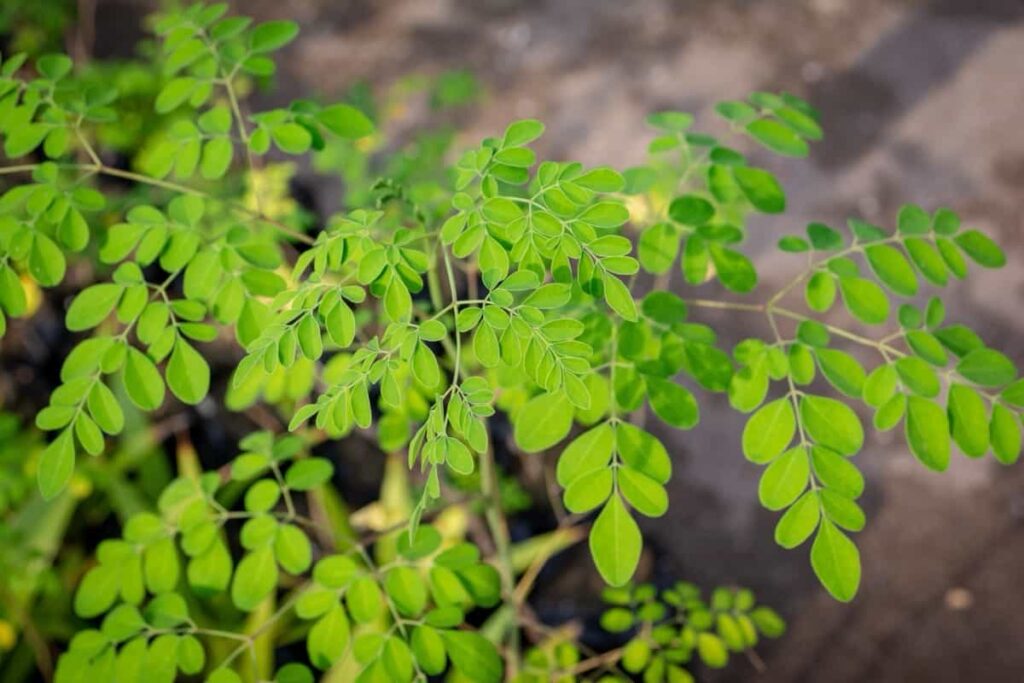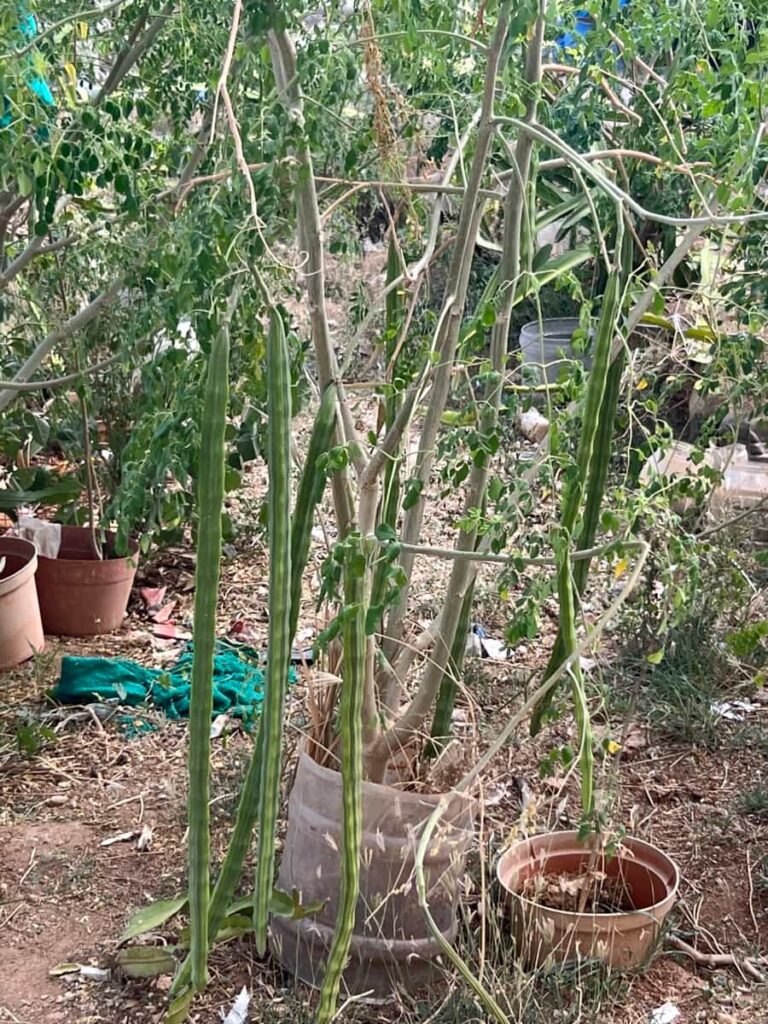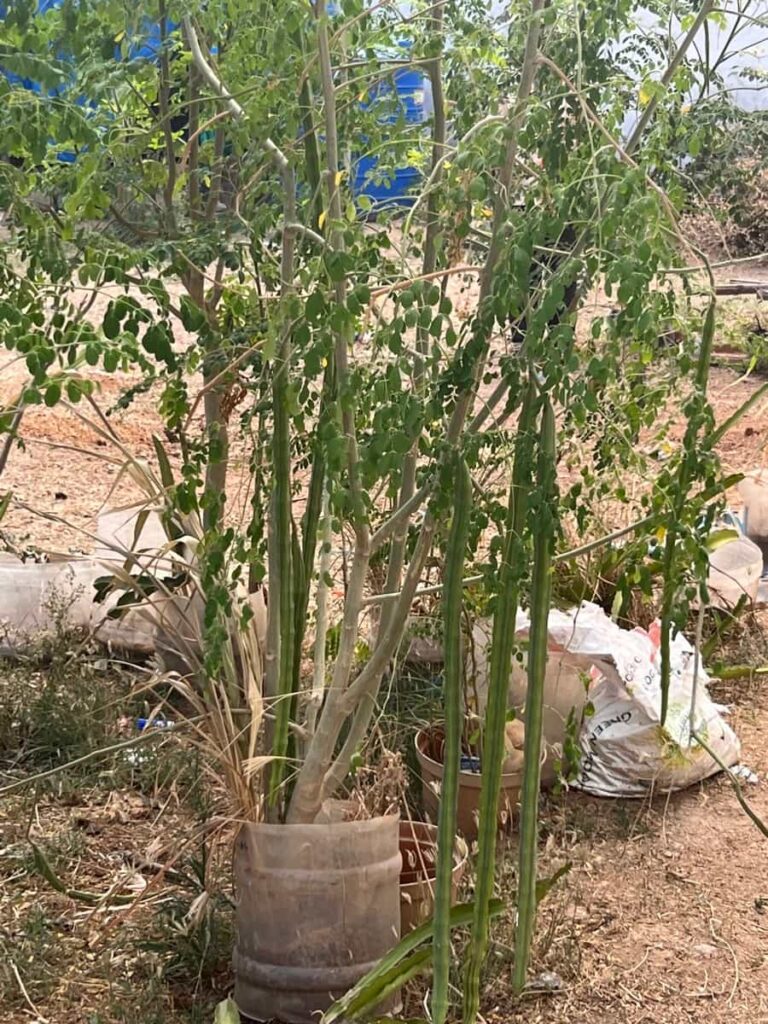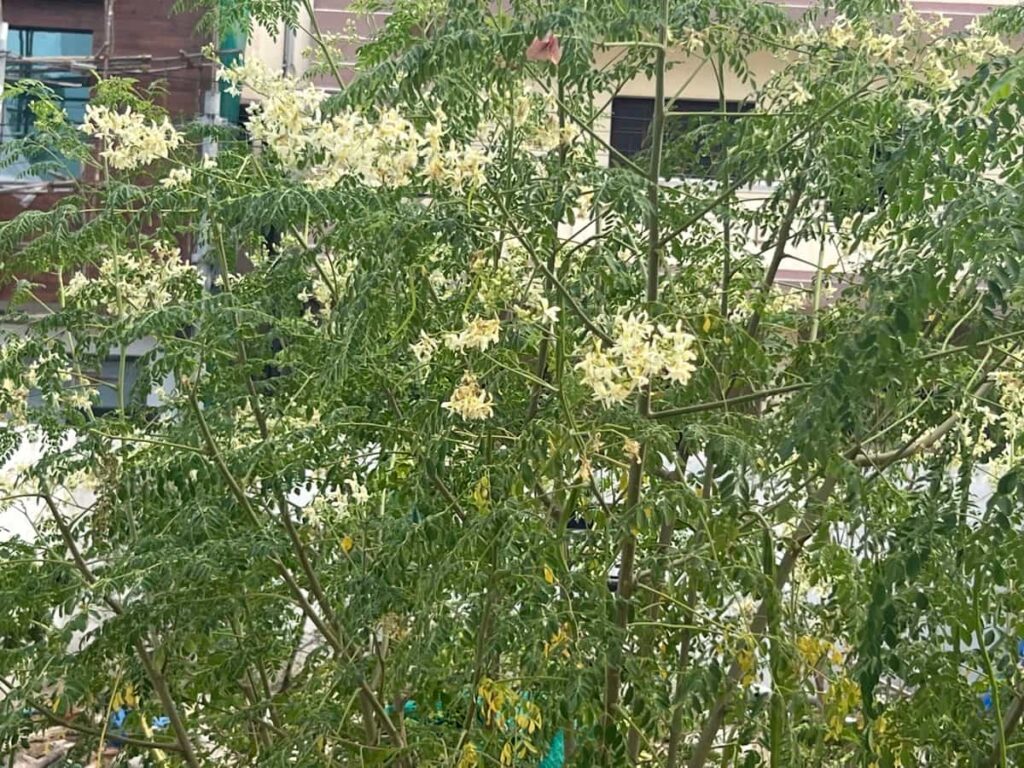Moringa ODC3 seeds hold immense importance in the realm of superfoods and sustainable agriculture. Their nutritional potency and yield potential make them a valuable asset for both personal health and economic prosperity. By cultivating Moringa ODC3 seeds, farmers can contribute to promoting food security and combating malnutrition.

Introduction to Growing Moringa ODC3
Overview of ODC3 Variety
This unique variety of Moringa seeds, known for its exceptional nutritional profile and potent healing properties, is gaining popularity among health enthusiasts and farmers alike. The ODC3 variety stands out for its high yield potential and resilience to various environmental conditions, making it an attractive option for cultivation. Its adaptability to different climates makes it a versatile crop that can thrive in diverse regions around the world.
Comparison with Other Varieties: Highlighting the differences between ODC3, PKM1, and PKM2
ODC3 seeds are known for their higher oil content compared to other varieties like PKM1 and PKM2. This makes them a popular choice for various applications in industries ranging from cosmetics to health supplements. In terms of yield potential, ODC3 has been found to produce around 25-30 tons per acre per year, showcasing its impressive productivity compared to other varieties. Moreover, the nutritional profile of ODC3 seeds sets it apart by offering a rich source of macro and micronutrients that provide numerous health benefits when consumed regularly.
ODC2 Moringa Seeds Price
The cost of ODC3 Moringa seeds can change based on several factors, such as quality, quantity, and market demand. In general, the cost fluctuates between INR 1800 to INR 3000 per kilogram.
Benefits of ODC3 Variety Drumstick Seeds
Rich in antioxidants, these seeds help combat oxidative stress and inflammation in the body. They are packed with some important vitamins and minerals like Vitamin C, calcium, and iron, promoting overall well-being. Consuming ODC3 drumstick seeds can boost your immune system, helping you ward off infections. Additionally, their high protein content makes them an excellent plant-based source of this essential nutrient for vegetarians and vegans alike.
Botanical Characteristics of Moringa ODC3
Genetic Profile
Moringa ODC3, known for its exceptional genetic profile, boasts robust traits that set it apart from other varieties. Its genetic makeup gives it the ability to thrive in diverse soil conditions, making it a versatile crop for cultivation. Research has shown that ODC3 seeds have a rich genetic diversity, allowing them to thrive in different climates and soil types. The genetic profile of Moringa ODC3 seeds also plays a significant role in determining their nutrient content and health benefits.
Physical Attributes
Moringa ODC3 features slender branches with deep green leaves that are rich in nutrients. The plant’s distinctive drumstick-like pods contain seeds renowned for their high oil content and nutritional value. The genetic resilience of Moringa ODC3 contributes to its adaptability and strong growth potential. This variety exhibits excellent resistance to pests and diseases, reducing the use of chemical interventions during cultivation.
Cultivation Practices for Moringa ODC3
Ideal Conditions
Cultivating Moringa ODC3 requires specific conditions to thrive. This superfood plant thrives in well-drained soil and the sun, so find a sunny spot with good drainage for planting. These seeds thrive in warm climates with plenty of sunlight, making them perfect for tropical regions. To ensure optimal growth, plant the seeds in well-draining soil and water them regularly without over-saturating the roots.
Planting Techniques
When it comes to Moringa planting techniques, start by preparing the soil with organic matter like compost or manure. Sow the seeds directly into the ground or pots if you’re starting indoors before transferring them outside. Make sure to water your young plants regularly, but avoid overwatering, as Moringa doesn’t like soggy roots. As they grow, provide support for their tall stems by staking them upright. Prune your Moringa trees occasionally to promote branching and denser growth.
In case you missed it: How to Grow Moringa Tree Faster: Best Tips to Increase Flowering, Fruiting, and Production Yield

Management Practices for Healthy ODC3 Plants
Irrigation and Fertilization: Ensuring Adequate Nutrition and Water
Proper irrigation and fertilization are key factors in ensuring their growth and development. Providing adequate water and essential nutrients is crucial for the optimal health of Moringa trees. Implementing a well-planned irrigation schedule based on the plant’s needs can prevent both under-watering and over-watering, which could lead to stress or root rot. Consistent watering helps maintain soil moisture levels necessary for healthy plant growth.
In terms of fertilization, using organic matter such as compost or manure can enhance soil fertility and provide the necessary nutrients for Moringa ODC3 plants to thrive. Balancing nutrient levels in the soil promotes vigorous growth and higher yields.
Pest and Disease Control: Strategies for Protecting ODC3 Crops
Having effective pest and disease control strategies in place is vital for protecting Moringa ODC3 crops from potential threats. Regular monitoring, early detection, and prompt intervention are essential to safeguarding the plants against pests and diseases that could jeopardize their health.
Growth and Yield Potential of ODC3
Growth Cycle
The growth cycle of Moringa ODC3 begins with planting the seeds in well-drained soil and providing adequate sunlight. As the plant matures, it develops into a tree-like structure with beautiful green leaves and vibrant flowers. During its growth phase, Moringa ODC3 requires regular watering to thrive and reach its full potential. With proper plant care, the plants can achieve optimal height and produce an abundance of nutrient-rich seeds.
Yield Comparisons with Other Varieties: How much does ODC3 Moringa yield per acre?
The yield potential of Moringa ODC3 is impressive, with an estimated 25-30 tons per acre per year. This makes it a lucrative option for farmers looking to cultivate a high-value crop that offers sustainable income opportunities.
The superior performance of ODC3 in terms of yield sets it apart from other Moringa varieties such as PKM1 and PKM2. Farmers who choose to cultivate ODC3 can benefit from a significantly higher output per acre, translating into increased profitability and success in their farming endeavors. With its exceptional yield capacity, Moringa ODC3 proves to be a promising choice for farmers looking to maximize their productivity and harvest potential.
Harvesting and Processing ODC3 Seeds
Harvesting Techniques: Optimal timing and harvesting methods
Harvesting Moringa ODC3 seeds is crucial for maximizing their nutritional benefits. Optimal timing is key – wait until the pods are fully mature and dry before harvesting to ensure high-quality seeds. The best method for harvesting is by hand, gently twisting the pods off the tree to avoid damaging them.
Processing for Use: How to process ODC3 seeds for various applications
Once harvested, processing Moringa ODC3 seeds can be done in various ways depending on their intended use. For culinary applications, you can remove the seeds from the dried pods and grind them into a powder for seasoning or adding to smoothies. If extracting oil is your goal, consider cold-pressing the seeds to retain maximum nutrients. For skincare products, you may want to extract oil from the seeds through a more intricate process involving pressing and filtering.
Economic Benefits of Moringa ODC3 Cultivation
Market Demand and Value
Moringa ODC3 cultivation offers not only nutritional benefits but also economic advantages. The market demand for ODC3 Moringa products is on the rise, making it a profitable opportunity for farmers. With its high nutrient content and diverse applications, the value of Moringa ODC3 seeds continues to increase in various industries.
In case you missed it: Best Fertilizer for Moringa: Organic, Natural, Homemade, NPK and Schedule for Moringa Tree

Sustainable Farming and Income Generation
By engaging in sustainable farming practices, growers can contribute to environmental conservation while generating income. The resilience of Moringa plants makes them suitable for sustainable agriculture, ensuring long-term profitability for farmers. This aligns with the consumer preference for ethically produced goods. The income generation potential of Moringa ODC3 cultivation extends beyond local markets as global demand escalates.
Nutritional Profile of Moringa ODC3 Seeds
Macro and Micronutrients: The Health Benefits of ODC3 Seeds
Packed with essential macro and micronutrients, these seeds are a powerhouse of health benefits. In terms of macronutrients, Moringa ODC3 seeds contain a good amount of protein, healthy fats, and carbohydrates. When it comes to micronutrients, these seeds are loaded with vitamins A, C, E, and K, which support immune function, skin health, vision, and blood clotting. They also provide minerals like calcium, magnesium, and iron, which are crucial for bone health.
Comparative Analysis: Nutritional Advantages Over Other Varieties
Moringa ODC3 shines in its superior nutritional advantages. The concentration of nutrients in ODC3 seeds surpasses that of traditional varieties like PKM1 and PKM2, making it a top choice for those seeking maximum health benefits. Whether consumed whole or processed into supplements or oils, the nutrient-rich composition of ODC3 seeds makes them a valuable addition to any diet.
In case you missed it: How to Grow Moringa Tree from Seeds in Backyard: Planting and Care in Winter

Conclusion
The cultivation of Moringa ODC3 supports environmentally friendly practices due to its ability to thrive in diverse climates with minimal water requirements. Moringa ODC3 seeds have shown remarkable growth and yield potential, making them a highly desirable crop for both small-scale farmers and commercial agriculture ventures.
- Sheep Farming Business Plan for Beginners
- Aquaponic Farming at Home: A Step-By-Step Guide
- Profitable Village Farming Business Ideas in 2024
- High-Yield Aquaculture: Fast-Growing Fish for Farming
- Effective Fish Pond Construction Techniques for Beginners
- Irrigation and Water Management in Pineapple Farming
- Blossom to Harvest: Mastering Flowering and Pollination in Papaya Farming
- Pig Fattening Essentials: From Selection to Sale for Beginners
- Raising Wagyu Cattle: A Complete Guide for Premium Beef Production
